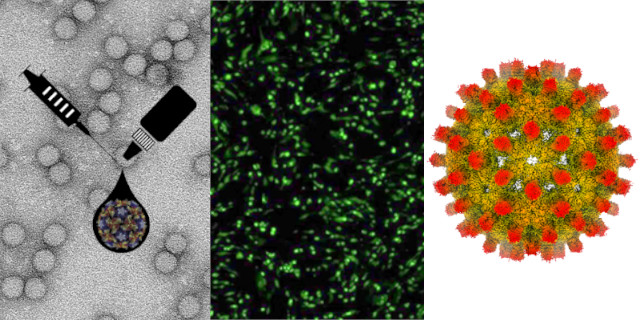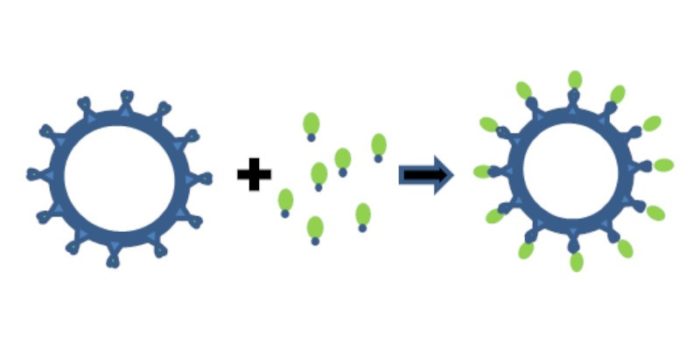Professor Nicola Stonehouse
- Position
- Professor of Molecular Virology
- Areas of expertise
- Virology; RNA; vaccines; virus structure and assembly
- Phone
- +44(0)113 343 3102
- Location
- 8.53b Garstang
- Faculty
- Biological Sciences
- School
- Molecular and Cellular Biology
- Website
- ORCID
Introduction
Research is the Stonehouse group spans virology and RNA biology, applying novel approaches to the study of virus replication.
Current major projects
- Picornaviral replication, especially the role of the RNA-dependent RNA polymerase of foot-and-mouth disease virus and processing of the viral polyprotein. This project is funded by BBSRC.
- Design of novel virus-like particle vaccines (e.g. to polio and EV71) and design of generic vaccine scaffold systems. This project is funded by MRC and by WHO.
Detailed research programme
Picornaviral replication
Picornaviruses are responsible for a number of serious diseases, including polio and foot-and–mouth disease. There is an urgent need to develop new therapeutic strategies to address the continuing issue of infection. Foot-and–mouth disease virus (FMDV) is an important animal pathogen - the 2001 UK outbreak cost several billion pounds. The project aims to study the features of the viral genome responsible for both rapid replication and persistence, using a replicon system. The long-term aim of the work is to utilise our knowledge of the molecular details of replication in the development of new strategies of disease diagnosis and control.
This interdisciplinary project includes other UK academic institutions and BBSRC Pirbright Institute.
Development of novel picornavirus virus-like particle vaccines
Virus-like particle (VLP) vaccines are the future of vaccinology. They contain no viral nucleic acid, therefore they represent no risk of virulence and can be produced safely under low biocontainment e.g. the HPV vaccine Gardasil. However, there are significant challenges to be overcome in applying this strategy more widely. We have developed stabilised VLPs for a range of picornaviruses. Targets are poliovirus (PV) and many emerging viruses such as enteroviruses 71 and 68D and Coxsackie virus A16, which can result in paralysis and death. The PV VLPs are able to elicit an immune response similar to the current vaccines.
This project is part of two Leeds-led consortia involving the Universities of Oxford, Reading, Florida, the JIC, NIBSC and Pirbright Institute.
Development of a vaccine platform
We have developed a vaccine platform system that allows a presentation scaffold and a glycoprotein antigen to be made separately and then combined in vitro. We are using our novel scaffold system to capture the glyocoprotein ectodomains of Junín virus and SARS-CoV-2. The scaffold is a virus-like particle (VLP) composed of fused dimers of hepatitis B core protein (HBc) that display a novel, high affinity binding sequence (an affimer to SUMO). This allows the attachment of SUMO-tagged proteins onto preformed VLPs without the need for co-expression. The structure of these VLPs is currently at 2.8 Å resolution by cryo-EM.
The project is in collaboration with several partners including the University of Oxford.
Collaborative projects
We also work in collaboration on the following projects:
- RNA aptamers as tools and delivery of aptamers into the skin as potential novel therapeutics with Dr Miriam Wittmann
- Zikavirus and chikungunya virus replication with Dr Andy Tuplin
- Murine norovirus structure with Dr Morgan Herod
- Hepatitis E virus replication with Dr Morgan Herod and Professor Mark Harris



